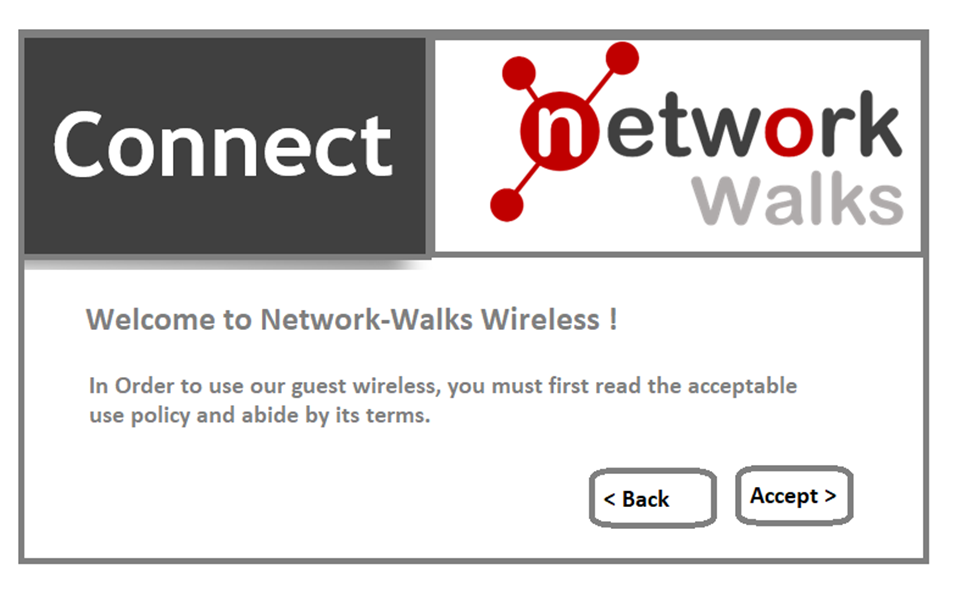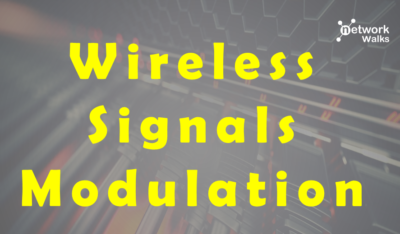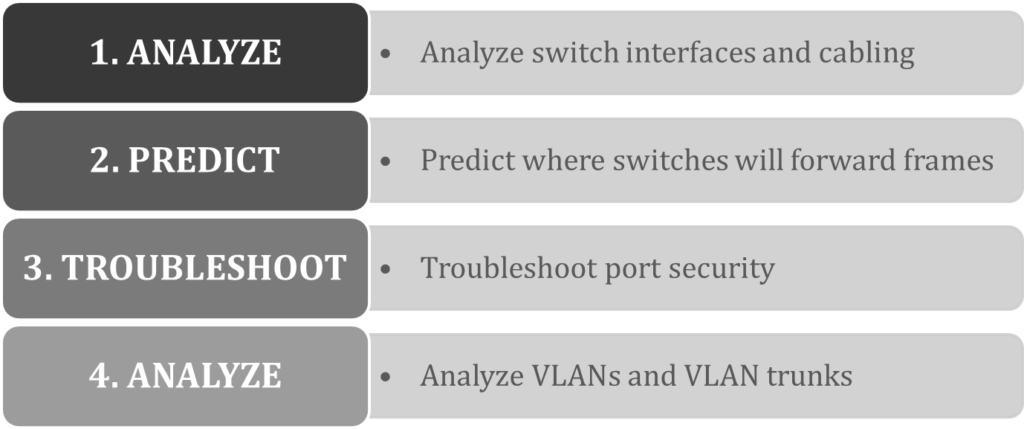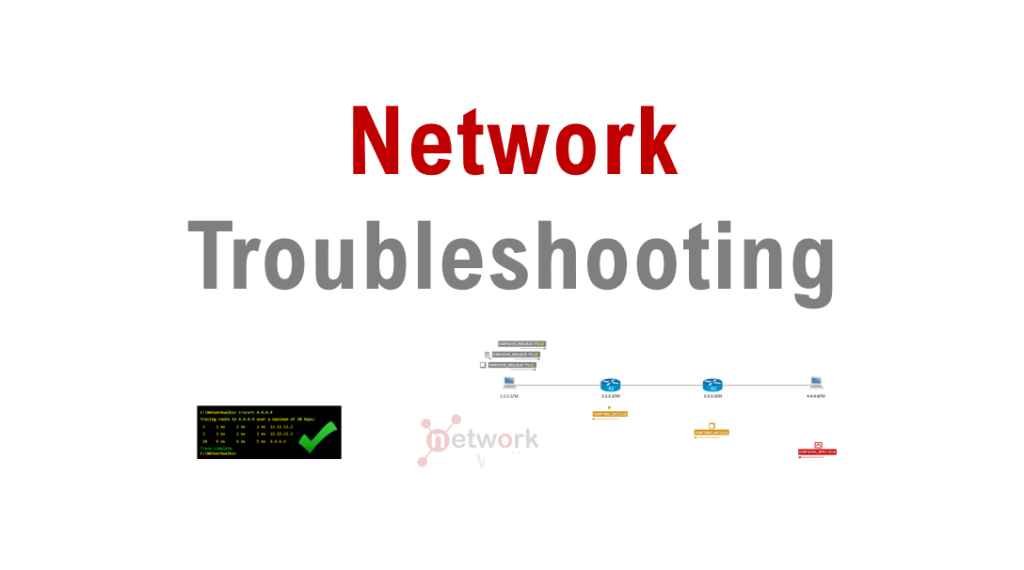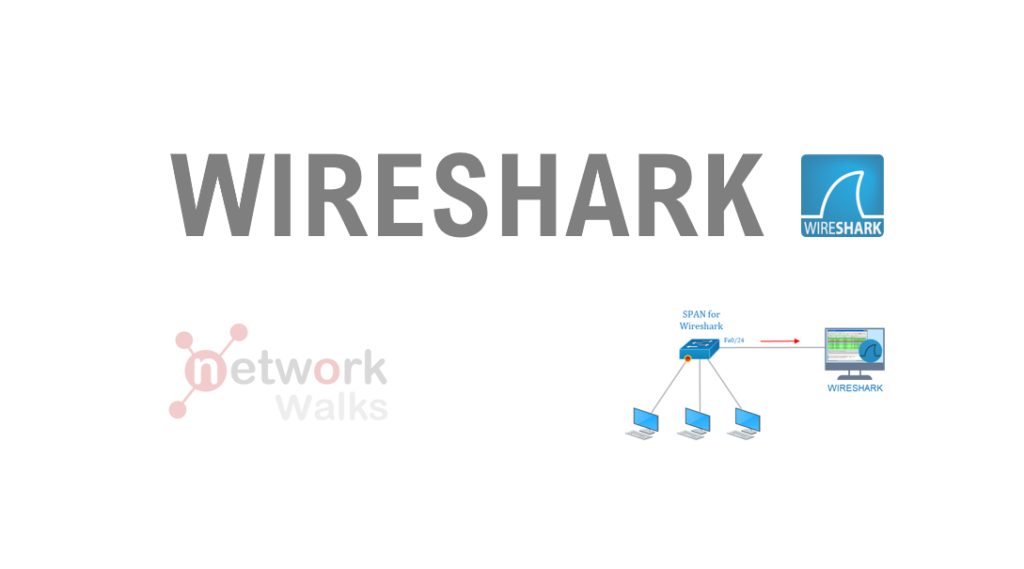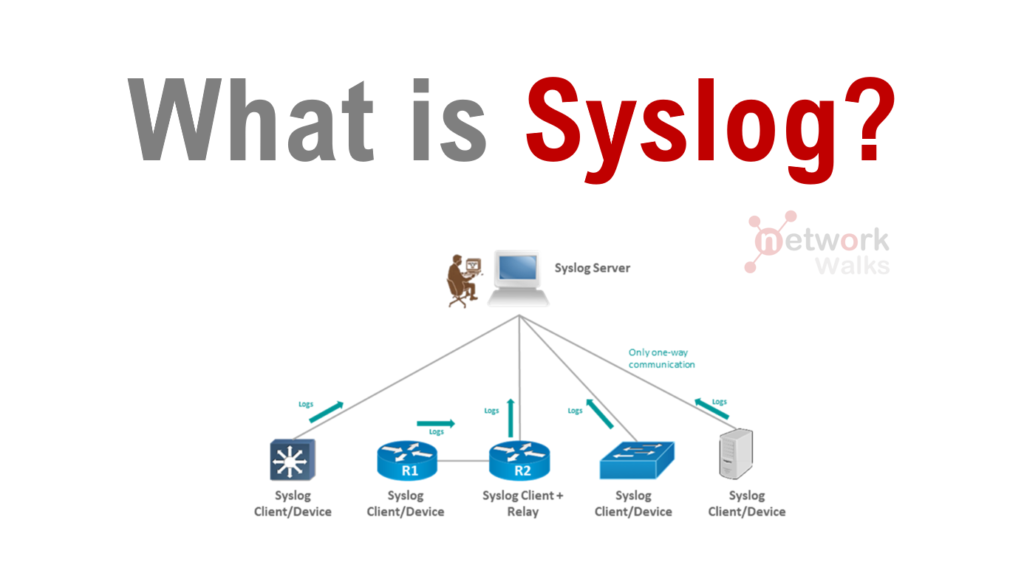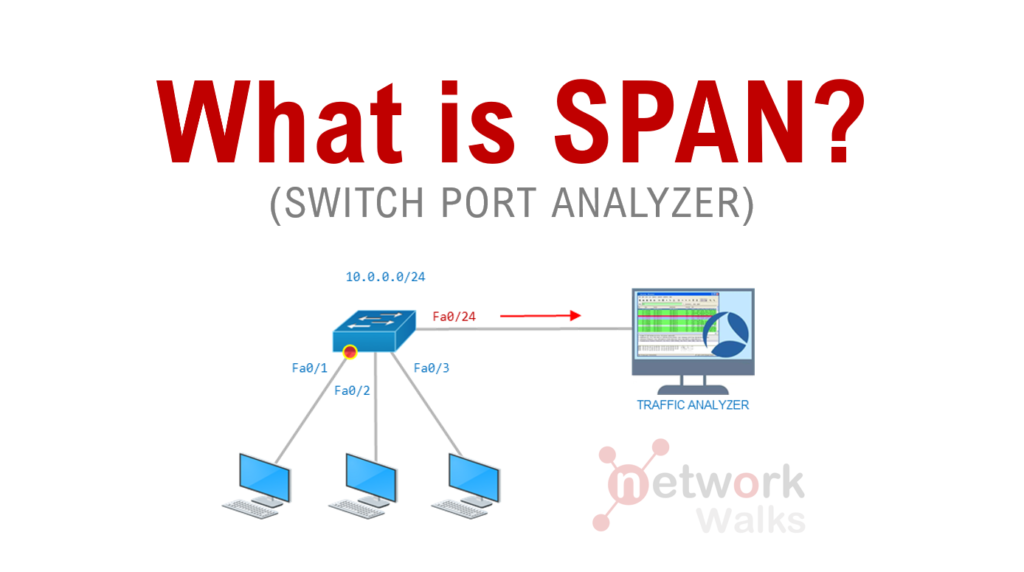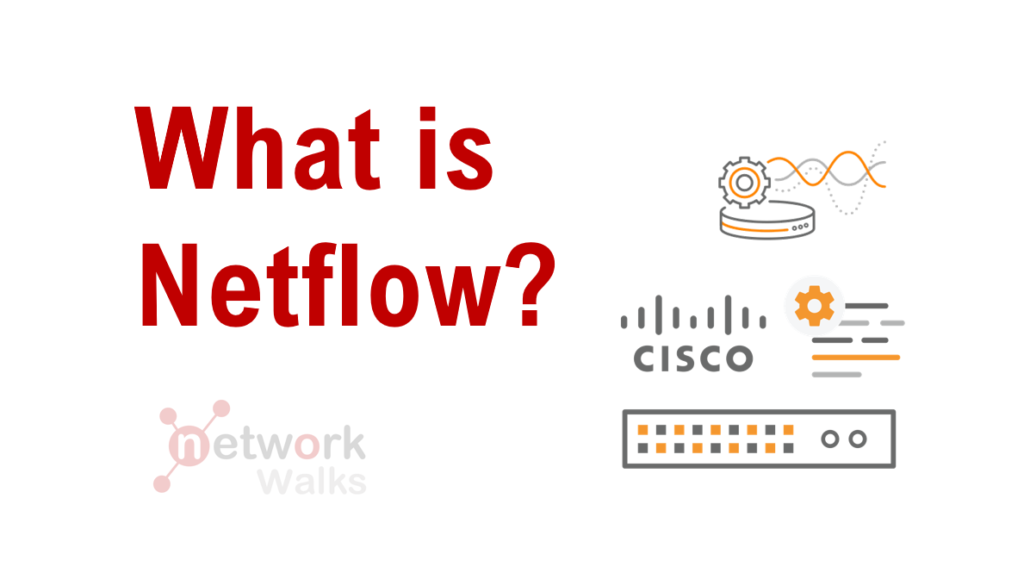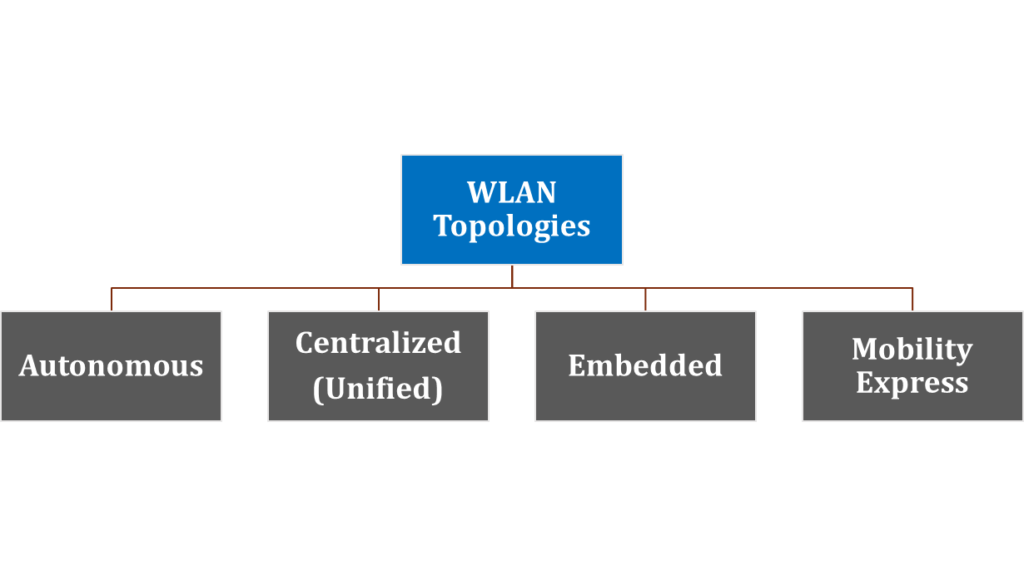
WLAN and WiFi Infrastructure refers to concepts like LAN topologies, pairing lightweight APs and WLCs, and finally, leveraging antennas for wireless coverage. It is very important to understand these concepts for computer networking & certifications like Cisco CCNA, CCNP, CCIE, CompTIA Network+, Huawei HCNA & Cybersecurity. Wireless Infrastructure WLAN Topologies This concept explains autonomous, cloud-based centralized, embedded, and mobility wireless architectures. Autonomous Topology Autonomous access points (APs) are self-contained and offer one or more standalone basic service sets (BSSs). They are an extension of a switched network, connecting wireless service set identifiers (SSIDs) to wired VLANs at the Read More …

